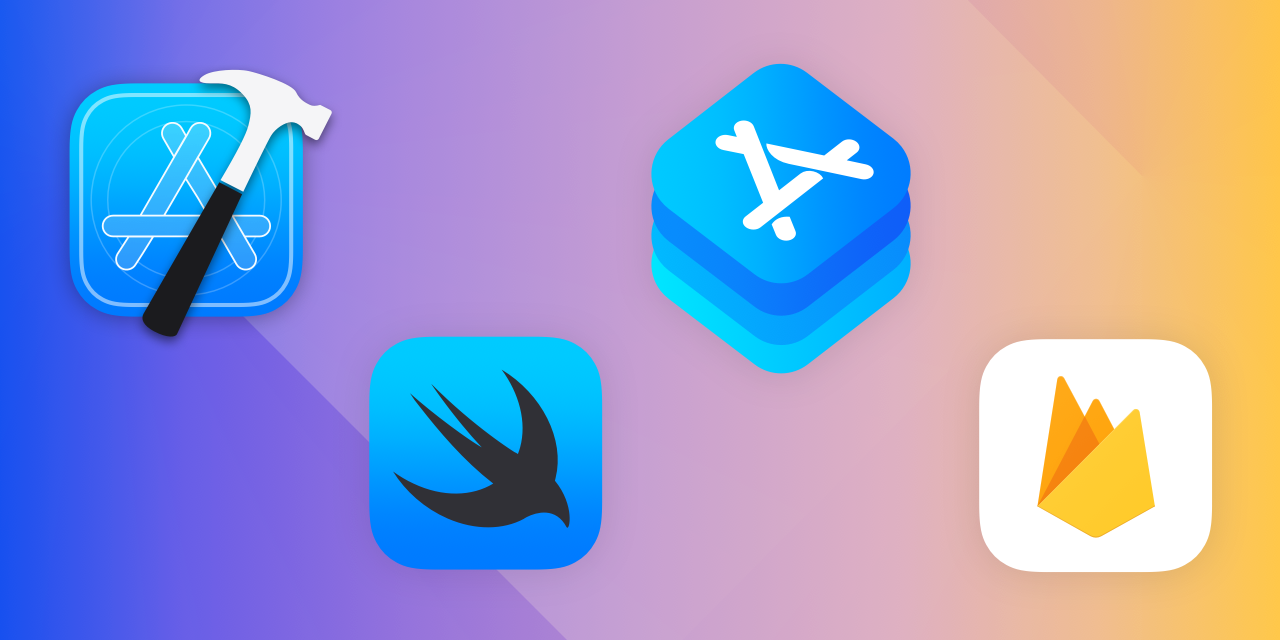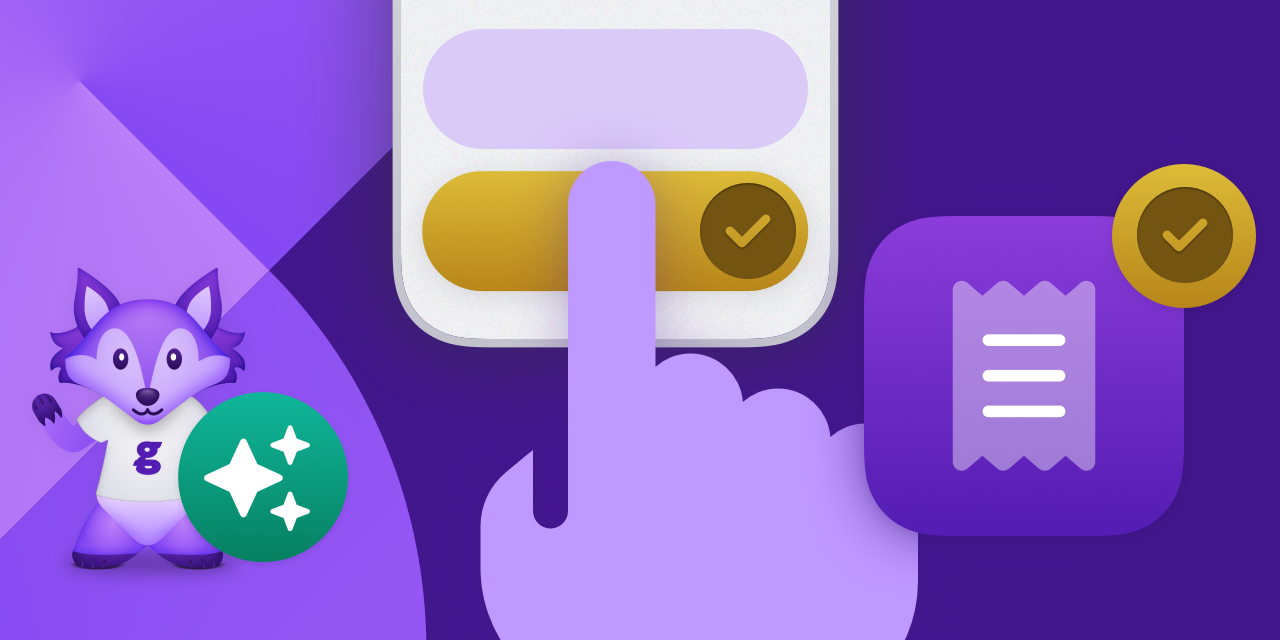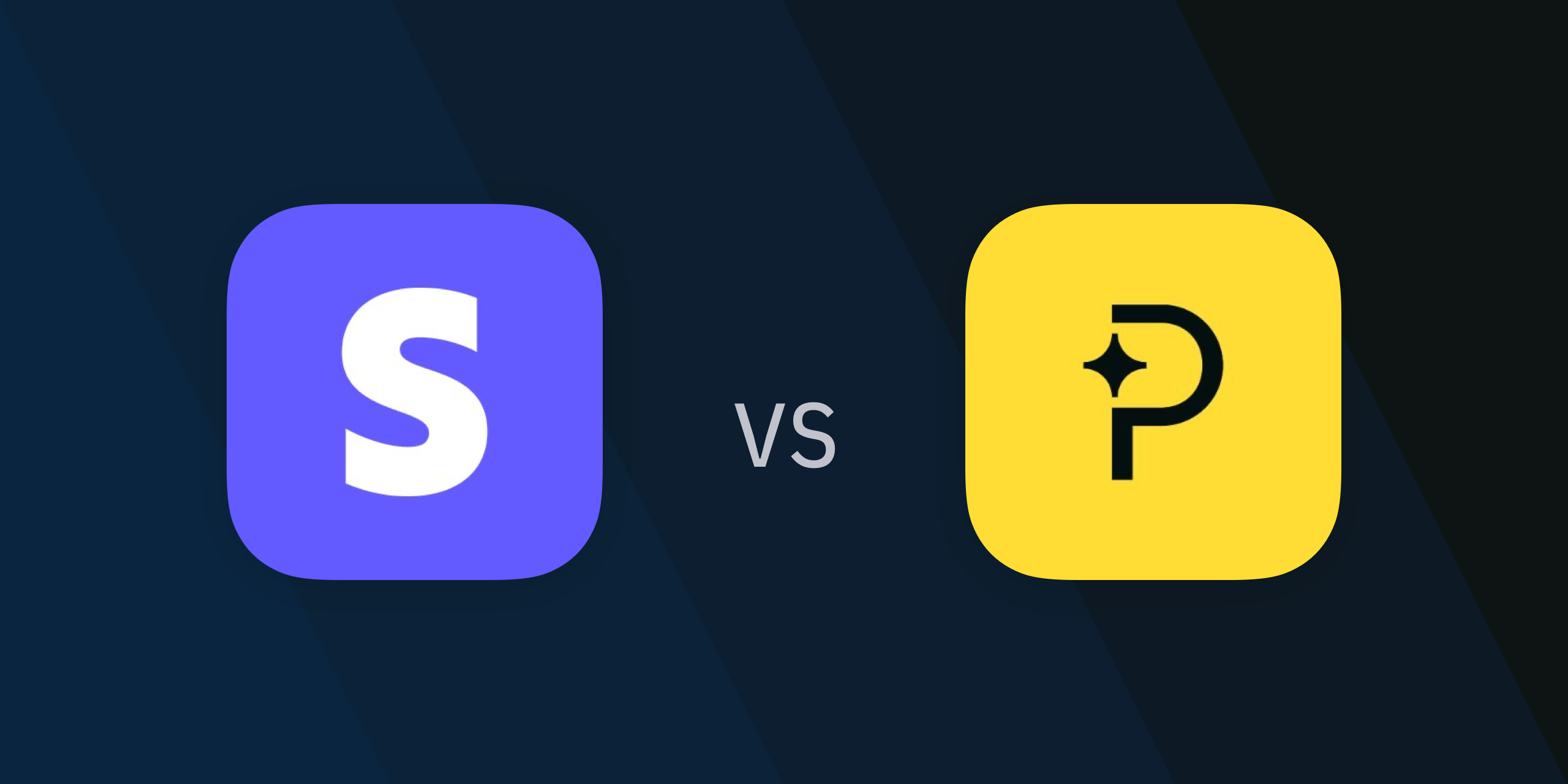Content
Top iOS App Tech Stack in 2023: A Comprehensive Guide

Working on a mobile app without considering the tech stack is like ordering at Subway without
looking at the add-on ingredient options. You may be good if the ingredients were randomly of your choice; otherwise, the consequences can be highly damaging to your taste. The same happens when you go with a tech stack without knowing what to choose and why? A carefully chosen tech stack can significantly impact the development process, app performance, and user experience.
In this article, we will explore the top iOS app tech stack for 2023. We’ll cover each essential
component in detail, including the code editor, UI framework, in-app purchases, database and server. Developers can make informed decisions and craft exceptional iOS applications by understanding the strengths and weaknesses of each element.
1. Code Editor: Xcode
A code editor is the first and foremost tool that every app developer must consider. It acts as the interface through which code is written, modified, and tested. Let’s delve into its key features and advantages:
- 1.1 Live Previews: It introduces an invaluable feature - live previews. With this, developers can instantly see the changes they make in the code reflected in the app’s user interface without rebuilding the entire application. This greatly accelerates the development cycle, as developers can quickly iterate and fine-tune the app’s appearance and functionality.
- 1.2 Advanced Debugging: Xcode’s integrated debugger offers powerful tools to identify and fix bugs efficiently. It provides insights into variable values, call stacks, and performance metrics, simplifying the debugging process.
- 1.3 Memory Management: Xcode aids developers in managing app memory, helping to identify and fix memory leaks and performance issues. Instruments tool, a part of Xcode, provide in-depth memory and performance analysis, enabling developers to optimise app performance.

2. UI Framework: SwiftUI 4.0
Designing the User interface is a crucial aspect of app development, and selecting the right UI
framework is essential for creating visually appealing and interactive user interfaces. UIKit has been ruling as the first User Interface framework choice among iOS developer for last 10 years but SwiftUI, introduced by Apple in 2019, has revolutionised UI development for iOS applications. Let’s explore its key features and advantages:
- Declarative Syntax: SwiftUI employs a declarative syntax, enabling developers to define the app’s UI and behaviour with simple and readable code. This leads to a more intuitive and productive development process.
- Seamless Animations: SwiftUI provides powerful APIs for creating smooth and engaging animations, allowing developers to bring their app’s user interface to life effortlessly.
- Cross-platform Compatibility: With SwiftUI, developers can target multiple Apple platforms, including iOS, macOS, watchOS, and tvOS, using a single codebase. This offers significant time and resource savings for cross-platform app development.
- Ecosystem Adoption: Since its introduction, SwiftUI has garnered increasing adoption within the iOS development community. With each WWDC (Apple’s Worldwide Developers Conference), Apple continues to enhance SwiftUI with new features and improvements. However, it’s essential to consider that SwiftUI’s minimum supported iOS version is iOS 13. If the target user base includes older iOS devices, developers may need to provide backward compatibility.

While SwiftUI has taken the iOS development community by storm, it’s important not to overlook the immense capabilities and legacy of UIKit, which has been the go-to User Interface framework for iOS developers for the last decade. Let’s explore some key features of UIKit and understand why it
continues to be a reliable choice for iOS app development:
- Battle-Tested Stability: UIKit has been battle-tested over the years, powering thousands of successful iOS applications. Its maturity and stability make it a preferred choice for developers who seek a robust and proven framework.
- Flexibility and Customisation: UIKit offers developers a high level of flexibility and customisation options for building user interfaces. With granular control over view hierarchies, developers can design unique and tailor-made user experiences.
- Interface Builder: UIKit integrates seamlessly with Interface Builder, a visual tool that allows developers to design UI components and layouts using a drag-and-drop interface. This enables quick prototyping and makes it easier for designers and developers to collaborate effectively.
UIKit Dynamics: UIKit Dynamics is a powerful physics-based animation framework that enables developers to create realistic and interactive animations. It allows for the implementation of sophisticated animations, such as gravity, collision, and attachment behaviours. - Auto Layout: UIKit’s Auto Layout system provides a flexible way to design user interfaces that adapt to different screen sizes and orientations. It ensures that apps look great across various Apple devices, from iPhones to iPads.
- Large Developer Community: UIKit’s longstanding presence in the iOS development community has resulted in a wealth of tutorials, code samples, and third-party libraries available for developers. The vast amount of resources and collective knowledge can greatly aid in overcoming challenges during app development.
- Backward Compatibility: One of the significant advantages of using UIKit is its backward compatibility with older iOS versions. Developers can target a broader user base, including users with older devices, without sacrificing functionality.
While SwiftUI has introduced revolutionary concepts and streamlined UI development, UIKit remains a strong contender, especially for developers who prioritise stability, extensive customisation, and backward compatibility. Additionally, UIKit’s familiarity with seasoned iOS developers makes it an attractive option for projects with complex UI requirements and a preference for a more traditional approach to iOS app development.
In conclusion, both SwiftUI and UIKit are powerful UI frameworks in their own right, and the choice between them depends on various factors such as the complexity of the app, target user base, and the developer’s familiarity with the frameworks. As the iOS ecosystem continues to evolve, developers must weigh the advantages and trade-offs of each framework to make informed decisions that align with their app’s specific needs and long-term goals.
3. In-app Purchases: Making the Right Choice
Monetisation plays a pivotal role in the success of an iOS app. Offering in-app purchases is a popular revenue generation strategy for many app developers. In 2023, developers have several options for implementing in-app purchases, each with its strengths and use cases.
3.1 StoreKit2:
StoreKit2, a native framework provided by Apple, allows developers to implement in-app
subscriptions seamlessly. It offers a set of APIs for handling various aspects of in-app purchases. Some key features include:
- Subscription Management: StoreKit2 offers APIs to manage subscription products and handle subscription events such as renewals and cancellations.
- Receipt Validation: Developers can validate receipts to ensure the authenticity of purchases and prevent fraudulent activities.
- Server Interaction: StoreKit2 allows developers to interact with their servers to manage products and handle user entitlements.While StoreKit2 provides robust functionality, one potential drawback is the handling of productIds. Developers often need to hardcode product IDs or manage them through a custom server, which introduces some complexity and maintenance overhead.

3.2 Glassfy SDK:
Glassfy SDK is a third-party solution that simplifies in-app purchases and subscription management. It offers a range of benefits over StoreKit2, making it an attractive option for developers. Some key features include:
Dynamic SKU Handling: Glassfy’s powerful API, Glassfy.offerings, allows developers to handle skus (productIds) dynamically without the need for explicit server management. This provides flexibility and ease of use, especially for apps with frequent changes in subscription offerings.
Real-time Analytics: Glassfy offers real-time analytics for user subscription events, churn rate, monthly recurring revenue, new trials and more, enabling developers to respond to keep an eye on real metric and improve user experience and engagement based on that.
Revenue Growth Tools: Glassfy provides out-of-the-box revenue growth tools, such as custom paywalls with live testing options, empowering developers to optimise their app’s monetisation strategy effectively.

4. Database & Server: Firebase
Managing the backend of an iOS app, including data storage and server interactions, is a critical aspect of app development. Firebase, a comprehensive mobile and web application development platform provided by Google, is an excellent choice for backend solutions in 2023. Let’s explore its advantages:
Easy Setup: Firebase offers a straightforward setup process, allowing developers to quickly integrate
it into their app projects.
- Real-Time Database: Firebase provides a Real-Time Database, which is specifically useful for applications that require real-time data exchange, such as messaging apps. It enables users to see changes made by others in real time.
- Firestore Cloud Database: For applications with more complex data structures and advanced querying needs, Firestore Cloud Database offers a scalable NoSQL solution.
- Authentication: Firebase includes built-in authentication, making it easy to implement user login and registration features securely. It also provides third party authentication sdk like Gmail, Facebook, Apple implementation at one single place.
- Cloud Functions: Firebase Cloud Functions enable developers to run server-side code in response to specific events, providing extensibility to the backend logic.
- Cloud Storage: Firebase offers cloud storage solutions for hosting user-generated content like images, videos, and documents.
- Analytics & Crash Reporting: Firebase provides powerful analytics and crash reporting tools, allowing developers to gain insights into user behaviour and identify and resolve app crashes quickly.

Conclusion
In conclusion, the top iOS app tech stack for 2023 comprises Xcode 15 as the code editor, SwiftUI 4.0 for UI development, Glassfy for integrating in-app purchases and Firebase for database and server management. Selecting the right tech stack is paramount to ensuring a smooth and efficient development process, delivering exceptional user experiences, and maximising app monetisation. While the discussed tech stack components are among the top choices for iOS app development, it’s
essential to remember that the tech industry continues to evolve.
Read More




